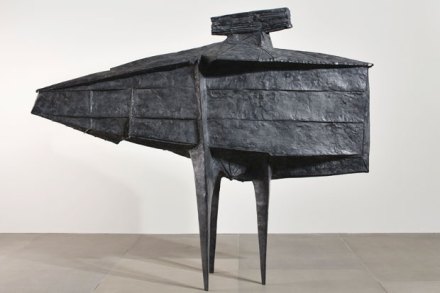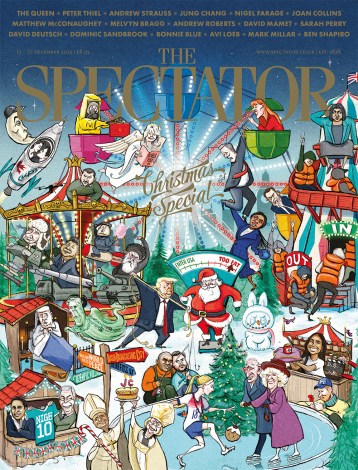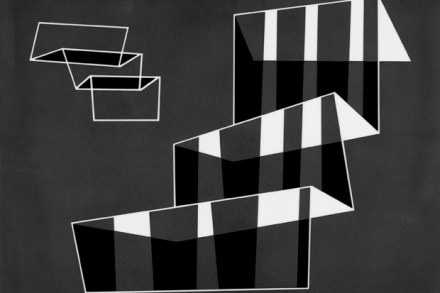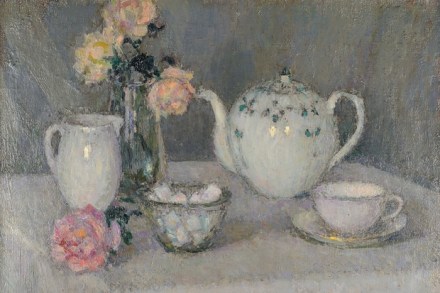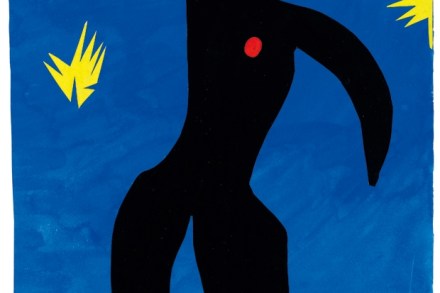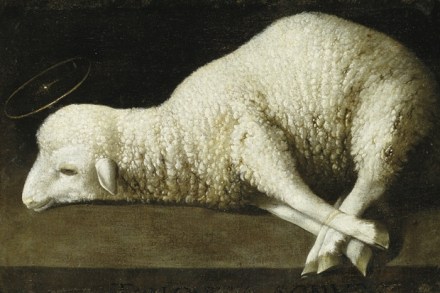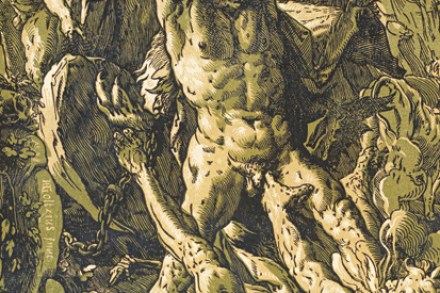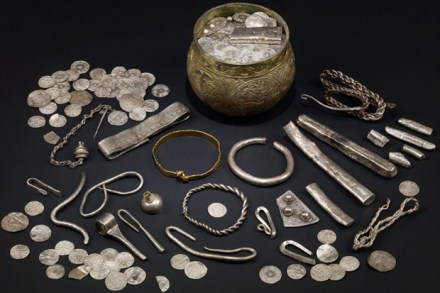Can Lynn Chadwick finally escape the 1950?
Lynn Chadwick was born 100 years ago in London, and died in 2003 at his Gloucestershire home, Lypiatt Park, where he is buried in the Pinetum. He was one of the great names of 20th-century sculpture, not just in England but recognised and celebrated internationally, too. He first came to prominence in the 1950s, and
